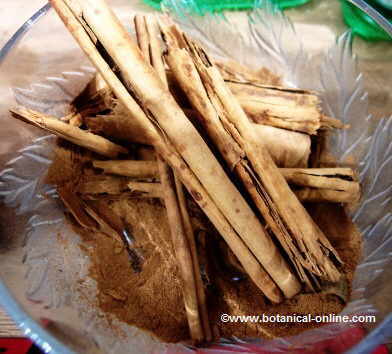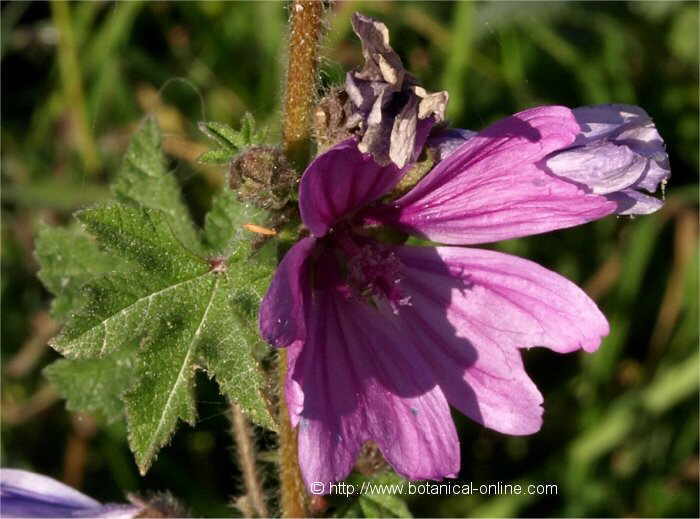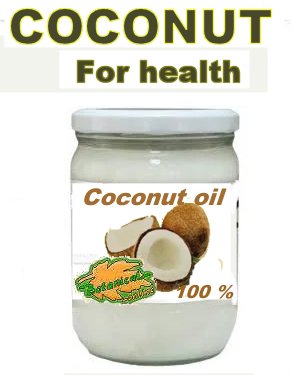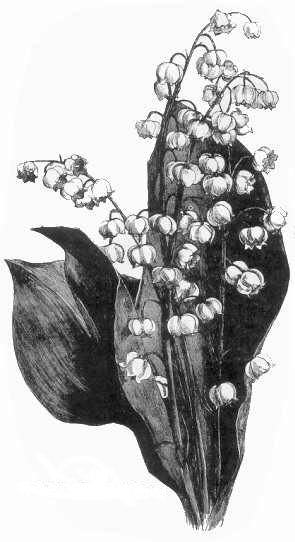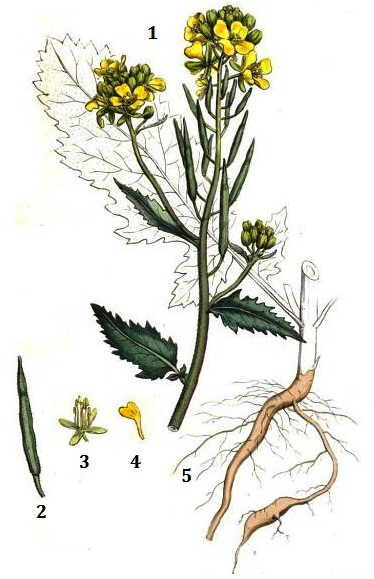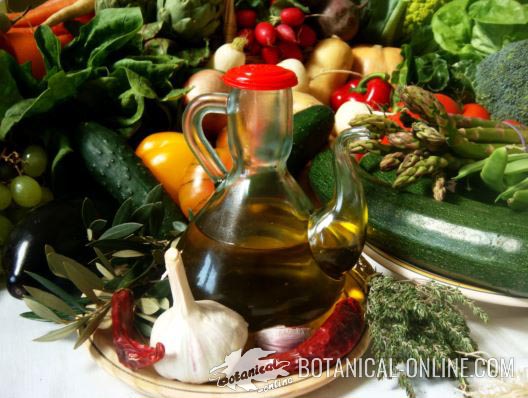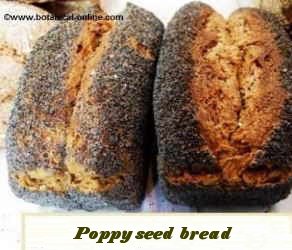Contents
Diet for influenza
Can food cure of prevent flu?
Nutrition plays an important role in preventing seasonal influenza, or improve its symptoms earlier. On this page we will see a series of tips and foods that are good for preventing seasonal influenza, accelerate healing and reducing their negative symptoms.
These remedies could also be useful in the treatment of swine flu, although more experience should be gathered in this sense to consider them completely safe.
What foods are good for flu?
In general we will take into account the following guidelines:
Eat a low diet during the first days of the disease: The body needs all the resources to fight the disease. A meat heavy diet, especially rich in high fat foods, would require the body to focus too much on digestion.
By the contrary, a plant light diet, abundant in fruits and vegetables, becomes much more digestible and at the same time provides a set of principles to reduce its duration.
Eat foods with antioxidant properties
These allow you to eliminate toxins that the infection produces and strengthen the body to refuse new invasions or avoid flu may derive in a more serious problem. Among all types of antioxidant food we will include:
- High vitamin C food: Although vitamin C does not cure flu, it can relieve symptoms and reduce the duration of it.
For example, citrus fruits (oranges, lemons, grapefruits, limes, mandarins, etc.), dark green leafy vegetables such as cabbage or broccoli, or peppers are good sources of this vitamin. It can also be very interesting the use of vitamin C supplements to shorten its duration.
Other plants that contain this vitamin include cauliflowers, radishes, Brussels sprouts, spinach, bananas, apples, melons, watermelons, carrots, pineapples, pears, papayas, barley, garlic, berries, celery, peas, strawberries, grapes, figs, beans, chicory, blueberries, potatoes, avocados, soybeans, cherimoyas, pomegranates, coconuts, etc.
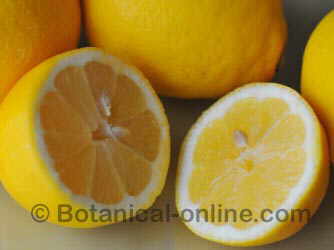
Lemon is rich in vitamin C. It is recommended to squeeze lemon on recipes, salads, infusions, etc.
- High vitamin A food: Vitamin A is another good antioxidant. The highest proportion of this vitamin comes from animal food. It can be found in big amounts in liver, egg yolk, fish -especially blue fish- and butter.
However, for vegetarian people, there are many plant foods that contain this vitamin in the form of provitamin A or carotenoids, such as beta-carotene which is a flavonoid from the group of carotenoids. Beta-carotene is a plant pigment which, when ingested is transformed in the liver and small intestine in vitamin A.
Plants that contain provitamin A are specially dark green, orange, red or yellow food plants, such carrots, purslane, spinach, watercress and borage. Other plants that contain it are, for example, basil, squash, tomatoes, coriander, asparagus, dandelion, peppers, watermelon, melon, Brussels sprouts, banana, apples, plums, oranges, raspberries, mangos, beans, etc.
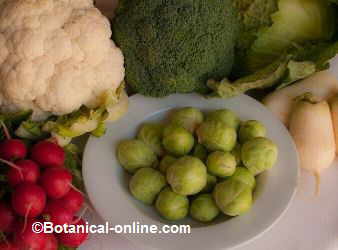
Broccoli, cauliflower, cabbage, turnips and radishes are high in fiber, vitamin C, calcium and antioxidants
Eat food with immunostimulating properties
These kind of food helps to strengthen the immune system making the body less likely to become infected.
Among these food, garlic or onion are worth mentioning. Both contain allicin with bactericidal, antiviral and immunostimulating properties. Using plenty of garlic, or eating onions abundantly can be a useful way of preventing flu or other diseases to take profit of a weakened immune system. A garlic soup, for example, is an easy way to raise our defenses.
Foods that contain folate or vitamin B also help strengthen the immune system. Good sources of folate are the dark green leafy vegetables such beets or those foods belonging to cabbage group (cabbage, cauliflower, Brussels sprouts, or broccoli). Whole grains or legumes are also foods rich in vitamin B
Mushrooms are also becoming very interesting as immune stimulant food, specially some types of mushrooms such as shiitake or maitake. You can by them in most supermarkets.
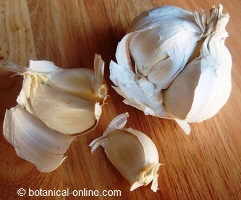
Garlic stimulates immune system
Drink plenty of water and take plenty of liquids
Hydration is necessary to maintain our mucous membranes hydrated and avoid body dehydration. Out body, during flu, can produce a high amount of mucus which establishes a barrier in the nose which will prevent other microorganisms from entering the body.
Moreover, many infections generate toxins that must be removed through an abundant urination. We mustn’t forget that flu usually develops high fever that makes us sweat greatly. Perspiration shouldn’t be avoided. On the contrary, it is a useful means of getting rid of body toxins.
In order to favor perspiration it is necessary to drink a lot. Hydration is achieved by drinking plenty of fluids. We should drink from a liter and a half to two liters a day or we should ingest a lot of food liquids. The traditional chicken soup treatment for cold is based on providing plenty of fluids, in addition to the easily digestible protein of this animal along with the need for minerals and heat .
Eating spice food (Tabasco, hot pepper, or curry) that act as decongestants is another way to provide heat and increase perspiration. We mustn’t forget the useful properties of vegetable juice and fruit juice, particularly those with antioxidant properties, such as orange juice, beet juice, carrot juice or tomato juice.
Eat foods rich in Zinc
It has been proved that zinc helps to shorten the duration of flu. Shellfish are a good source of this mineral, especially oysters.
In addition to these, we must mention liver or eggs. The problem is that these foods are all rich in cholesterol, so, if you prefer to use plant foods, you should have to resort, for example, to celery, asparagus, borage, figs, potatoes, or eggplants.
- Eat high protein foods: A protein-poor diet may increase the risk of infection. One way to obtain protein, for those not wishing to acquire food animals, is to use nuts, legumes or grains.
Milk and flu
Hot milk provides nutrients (iron, calcium and protein) that can increase the body’s defenses adequately. Skimmed milk is better to avoid cholesterol. Equally interesting are the products derived from milk, preferably nonfat products, such as cheese or yogurt.
A good way to enhance the anti-flu properties of milk is to add a tablespoon of honey or small piece of crushed ginger to our cup of hot milk.
In case of chest pain, mixing milk and figs will have mucolytic properties – it will soften the mucus in the chest and help to remove secretion- Take this preparation: a quarter liter of milk boiled with 12 figs for 1 / 4 hours. Take the liquid resulting after filtered and sweetened.
Swine flu diet
These tips may also prove useful in the treatment of swine flu, although, given the recent emergence of this new strain of flu, they are not confirmed by the health authorities and food industry yet.
![]() More information about flu and its natural treatment.
More information about flu and its natural treatment.

